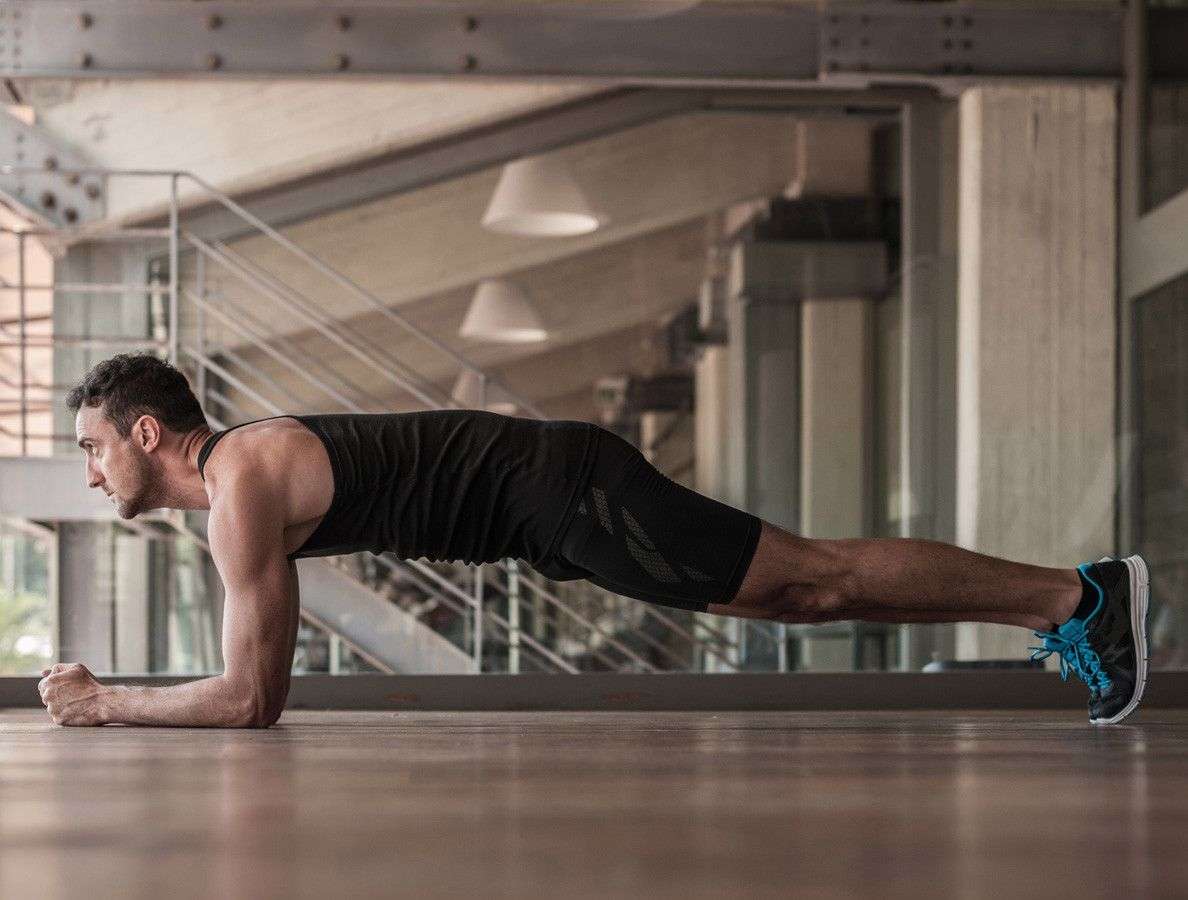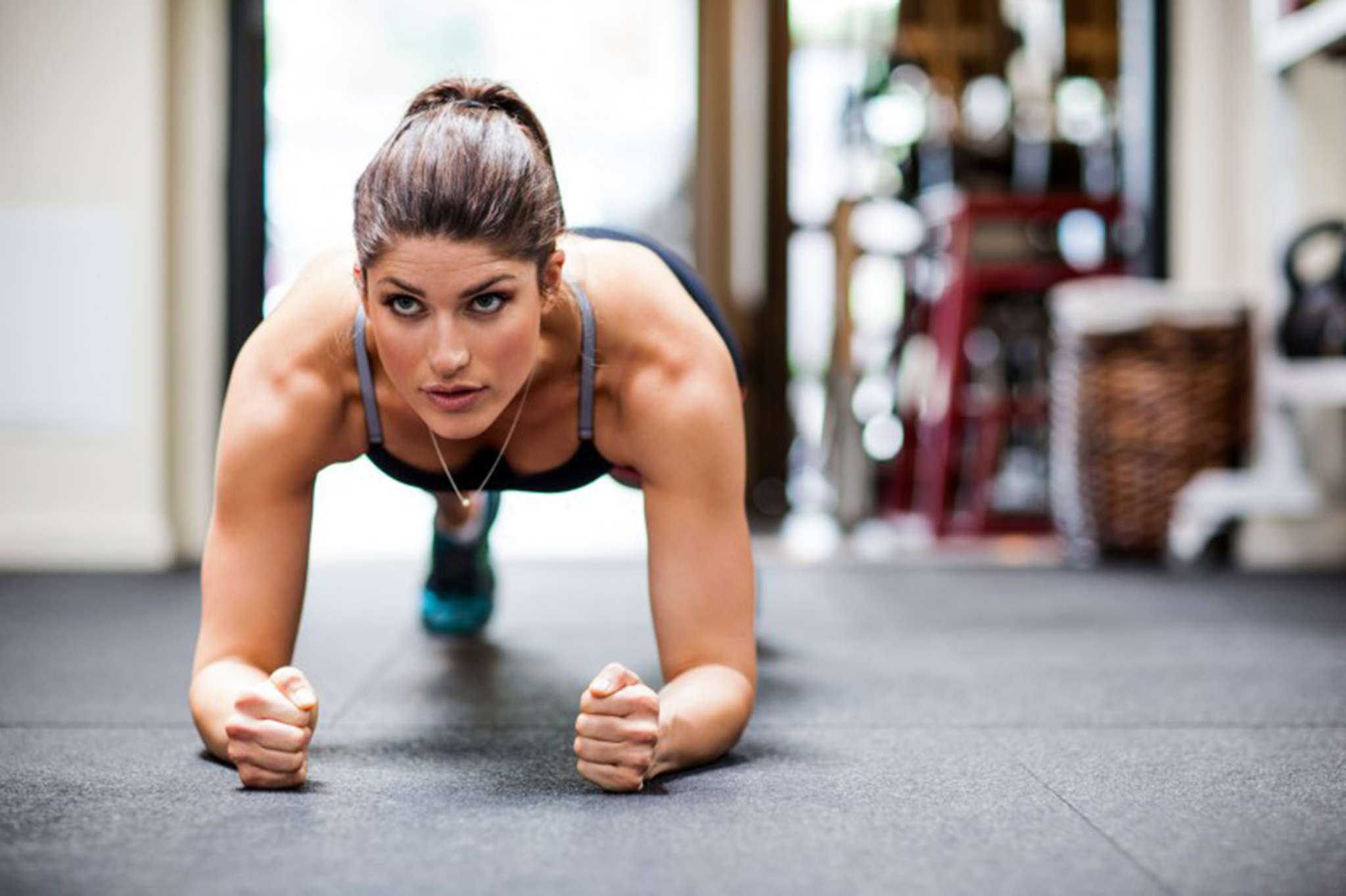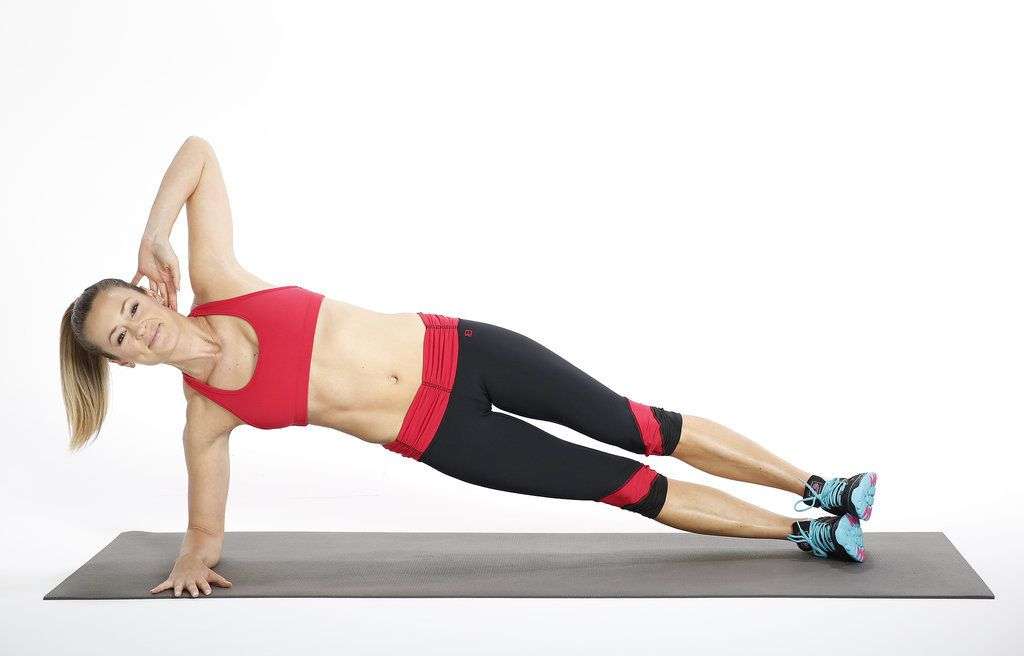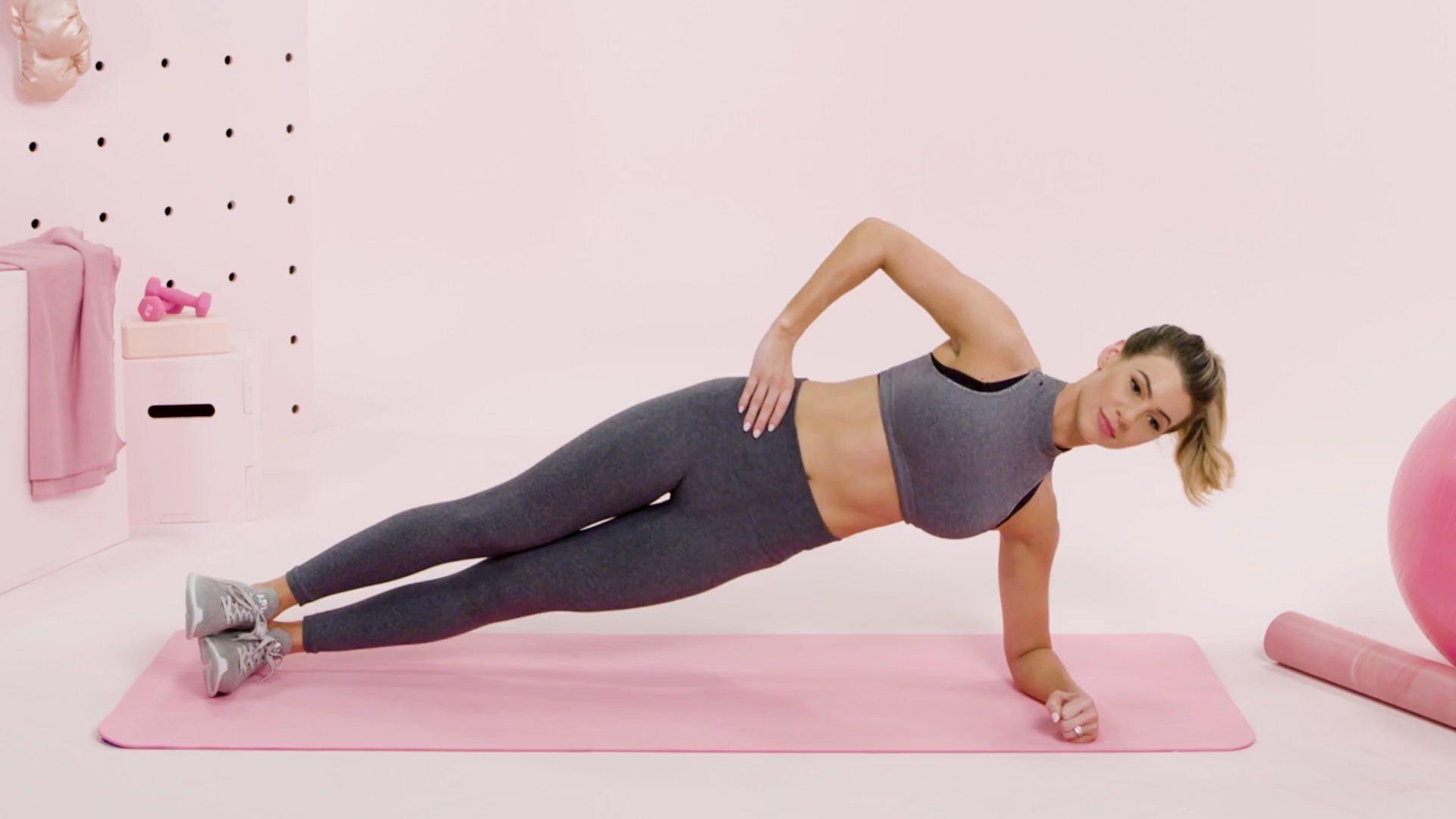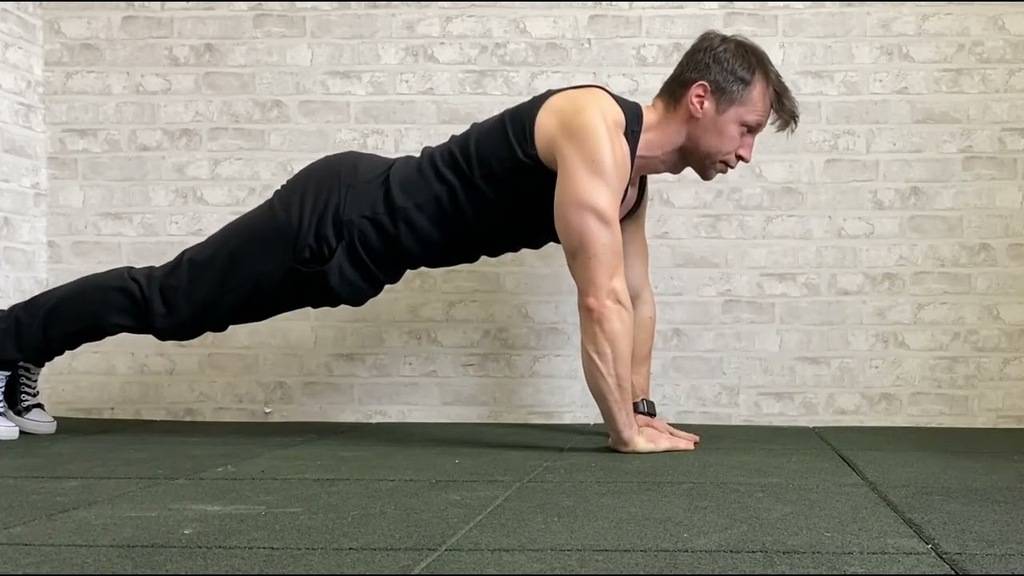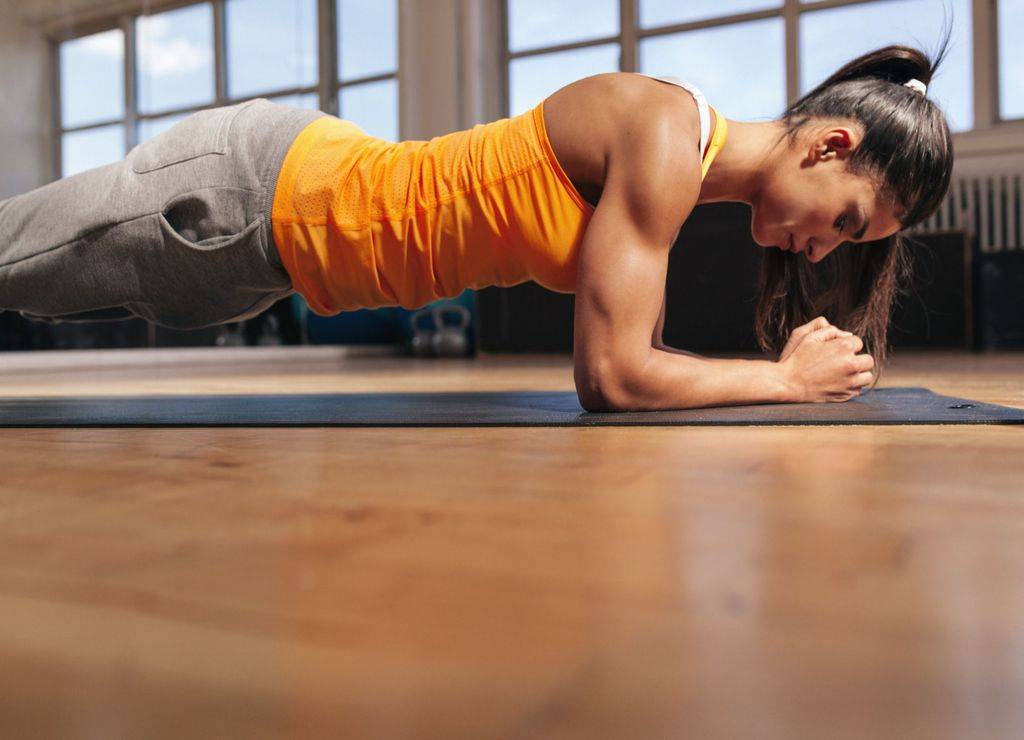Introduction
Are Planks Better Than Crunches: In the pursuit of a strong and toned core, fitness enthusiasts often find themselves debating the effectiveness of different exercises. One such perennial debate revolves around planks and crunches which exercise reigns supreme in sculpting the abdominal muscles. Planks and crunches are both popular exercises, each with its own set of proponents and benefits.
Planks are renowned for their ability to engage multiple muscle groups simultaneously, promoting core stability and overall strength. On the other hand, crunches have long been a staple in ab workouts, targeting specific muscles for a more isolated burn. This debate delves into the nuances of these exercises, exploring the science, benefits, and drawbacks of planks and crunches.
By understanding the mechanics behind these movements and considering individual fitness goals, one can make an informed decision about which exercise suits them best. So, are planks truly superior to crunches, or is it a matter of personal preference and body type. Let’s unravel the mysteries of these exercises and determine which one emerges as the core sculptor.

Are planks better than crunches for belly fat?
According to a 2013 study, plank with hand reach can target 20 per cent more rectus abdominis compared to a crunch. A plank with a knee lift to the opposite side of the chest activates rectus abdominis activation by 30 per cent and oblique by 20 per cent as compared to crunches.
Planks are generally considered more effective than crunches when it comes to reducing belly fat. This is because planks engage multiple muscle groups, including the core, back, shoulders, and legs, which increases the overall calorie burn and strengthens the core. Planks promote muscle activation and endurance throughout the body, leading to an increase in overall metabolism and fat burning, not just in the belly area.
Crunches, on the other hand, primarily focus on the rectus abdominis, the front muscles of the abdomen. While they can strengthen and tone these muscles, they don’t burn as many calories or engage as many muscle groups as planks. Excessive crunches can lead to poor posture and potentially strain the neck and lower back.
To reduce belly fat effectively, that spot reduction (losing fat from a specific area of your body) is not a scientifically proven concept. Fat loss occurs throughout the body when you create a calorie deficit through a combination of a balanced diet and exercise. Planks, with their full-body engagement, can contribute to overall fat loss, including in the abdominal area, but they must be part of a broader fitness and nutrition plan.
Why is plank better than crunches?
Both the crunch and the plank engage the rectus abdominis and the obliques. However, the plank also targets the erector spinae, the glutes, hip flexors, quads and deltoids. The crunch is great for isolated conditioning. The plank provides increased activation of target muscles and functional strength benefits.
Full-body engagement: Planks engage not only the rectus abdominis but also the transverse abdominis, obliques, lower back muscles, and even the legs and shoulders. This comprehensive engagement strengthens the entire core and promotes better posture. Planks activate multiple muscle groups, which increases the overall calorie burn during the exercise. The more calories you burn, the more effective your workouts are for reducing body fat.
Low risk of injury: Crunches can place stress on the neck and lower back, potentially leading to injuries. Planks are a safer alternative because they maintain a neutral spine position, reducing the risk of strain or pain. Planks help improve core stability, which is crucial for everyday movements and activities. This functional benefit goes beyond aesthetics and supports overall physical health.
Variety: Planks can be modified and progressed to suit different fitness levels and goals, making them versatile and adaptable to your needs. Planks are considered better than crunches because they engage more muscle groups, burn more calories, reduce the risk of injury, and offer functional fitness benefits. While crunches can have their place in an ab workout, planks are a more well-rounded exercise for overall core strength and body fat reduction.
Can you get abs from planking?
More recently, planks have become trendy because they work the abs as well as the other muscles in the core region, including muscles that support your back and help you generate power.
Yes, you can develop visible abdominal muscles (often referred to as “abs”) through planking, but to understand how the process works. Planks are a powerful exercise for strengthening and toning the core muscles, including the rectus abdominis, which is responsible for the “six-pack” appearance of the abs.
Diet: Visible when you have a low enough body fat percentage. To reduce body fat, you must maintain a calorie deficit by consuming fewer calories than you burn. A balanced and healthy diet is essential for achieving this. Incorporating cardio workouts into your fitness routine can help burn calories and reduce overall body fat, which is necessary for unveiling your abdominal muscles.
Consistency: Consistently doing planks, along with other core-strengthening exercises, is crucial for building and defining your abdominal muscles. It takes time and dedication to see results. It’s beneficial to include different core exercises in your routine to target all the core muscle groups, not just the rectus abdominis.
Rest and recovery: Adequate rest is essential to allow your muscles to recover and grow. Overtraining can hinder progress. Planking is an effective exercise for developing abdominal muscles, but you need to combine it with a healthy diet, cardio exercise, consistency, and recovery to see visible abs.
Can I lose belly fat by planking?
While they may not directly target belly fat, planks contribute to core strength, stability, and endurance. Incorporating planks into a comprehensive fitness routine, along with cardiovascular exercise, strength training, and overall lifestyle changes, can aid in reducing belly fat and achieving a toned midsection.
Planking, by itself, is not a direct method for losing belly fat. Fat loss is primarily influenced by your overall calorie balance, and you lose body fat when you maintain a calorie deficit, which means you consume fewer calories than you burn. However, planking can play a supportive role in your overall fitness and fat loss journey.
Muscle engagement: Planks engage the core and other muscle groups, which helps increase overall metabolism. A higher metabolism means you burn more calories, even at rest. A strong core can improve your posture and help you maintain better form during other exercises, such as cardio workouts. This, in turn, can enhance the effectiveness of your workouts, leading to more calories burned.
Muscle definition: As you reduce body fat through a combination of a calorie deficit and cardiovascular exercise, a strong core developed through planking can help create a more defined abdominal area. To lose belly fat, focus on a balanced diet, cardio exercise, and maintaining a calorie deficit. Planking can support these efforts by strengthening your core, boosting metabolism, and improving posture.
Stress reduction: Reducing stress through regular exercise like planking can have a positive impact on fat storage, particularly in the abdominal area, where stress-induced fat storage is common. While planking alone won’t directly cause belly fat loss, it can be a valuable to your overall fitness routine.
Is 1 minute plank a day enough?
Try performing the plank for a minimum of one minute at a time. Start by doing 1 plank a day to slowly 3 to 10 a day to reap the maximum benefits. Then, slowly also try side planks which can help improve your flexibility.
A 1-minute plank a day can be a good starting point for someone new to planking or exercise in general, but it’s unlikely to produce significant results on its own over time.
Progressive overload: To continue benefiting from planking, you should gradually increase the time you spend planking. Start with 1 minute and aim to add a few seconds each day or week. This helps your muscles adapt and grow stronger. Don’t limit your core training to just planks. Incorporate different core exercises to challenge your muscles in different ways.
Frequency: Planking for just one minute daily might not be enough to achieve noticeable results. It’s more effective to do a variety of core exercises 2-3 times a week. 1-minute plank a day is a reasonable starting point for beginners, but for significant and sustainable results, progressively increase the challenge, diversify your core exercises, and incorporate a balanced fitness routine that includes a healthy diet and cardiovascular exercise.
Diet and cardio: That visible abs and belly fat loss are also influenced by your diet and cardiovascular exercise. Planking alone won’t be sufficient to address these aspects of fitness. To see substantial improvements in core strength and overall fitness, it’s generally increase both the duration and intensity of your planking routine.
Is a 2 minute plank good?
Most experts suggest anywhere from 10 up 30 seconds is plenty. “Focus on doing multiple sets of smaller amounts of time,” says Italien. As you progress, you can extend your plank for one or even two minutes, but don’t go beyond that.
A 2-minute plank is an impressive achievement and indicates a strong level of core endurance and strength. However, whether it’s considered “good” depends on your personal goals and fitness level.
Fitness level: For many individuals, holding a 2-minute plank is a challenging feat. It’s a sign of well-developed core muscles and muscular endurance. If your goal is to have a strong core and maintain good posture, a 2-minute plank is indeed good. If you’ve been consistently working on your planks and have gradually increased your time, then a 2-minute plank is a positive sign of progress. Continually challenge your muscles to avoid plateauing.
Goals: Your fitness goals matter. If your goal is to improve core strength for a specific sport or activity, you might aim for longer plank times. However, if you’re primarily interested in overall fitness and don’t have specific time-based goals, then 2 minutes can be considered a significant achievement. While holding a 2-minute plank is commendable, it’s also essential to incorporate a variety of core exercises into your routine to target different muscles and maintain overall core fitness.
Balance: A well-rounded fitness routine should include not only core exercises but also cardiovascular exercise, strength training for other muscle groups, and flexibility work. A 2-minute plank is generally considered good and demonstrates core strength and endurance. However, it’s crucial to set goals that align with your fitness objectives and continue to challenge yourself with other exercises and variations for a balanced fitness regimen.
Can you replace crunches with planks?
While the humble crunch can work wonders for your core, the plank provides optimal results when it comes to aiding sports performance, rehab and general fitness. So, if you really want to maximize the benefits of your core training the increased muscle activation you get with a plank means it’s the way to go.
Efficiency: Planks are more efficient in engaging the core muscles because they work not only the rectus abdominis (the “six-pack” muscles) but also the transverse abdominis, obliques, and the lower back. This comprehensive engagement provides better overall core development.
Reduced risk of injury: Crunches can put strain on the neck and lower back, leading to discomfort or injury, especially with poor form. Planks maintain a neutral spine position, reducing the risk of such issues. Planks have the advantage of training your core to maintain stability, which is essential for good posture and everyday activities. They improve core endurance for tasks like lifting, twisting, and maintaining balance.
Versatility: Planks can be modified and progressed to suit different fitness levels and goals. You can do side planks, forearm planks, high planks, and more to keep your routine varied and challenging. Planks engage not only the core but also other muscle groups, such as the legs and shoulders. This leads to a higher calorie burn and contributes to a more balanced workout.
Do planks target lower abs?
The plank is a great exercise to build not only abdominal strength, but full body strength. To get the full benefits of this exercise for your lower abs, you need to make slight adjustments.19-Jul-2019
Transverse abdominis: The transverse abdominis is a critical muscle for core stability and providing support to the lower back. Planks activate this muscle, which helps tone and strengthen the lower abs. Maintaining a neutral pelvic position during planks requires the lower abs to engage. This action helps improve the appearance and strength of the lower abdominal area.
Full core engagement: Planks engage the entire core, including the lower abs, rectus abdominis, obliques, and the back. This comprehensive engagement contributes to better overall core development. While planks are a valuable exercise for targeting the lower abs, that spot reduction (losing fat from a specific area) is not possible. To see your lower abs, you also need to reduce overall body fat through a combination of a calorie deficit, a balanced diet, and cardiovascular exercise.
Variations: You can modify planks to emphasize the lower abs further. For example, performing forearm planks or knee-to-elbow planks can place additional focus on the lower abdominal muscles. Planks can help tone and strengthen the lower abs, but the appearance of your lower abs will become more pronounced as your overall body fat decreases.

Conclusion
In the eternal debate of planks crunches, the answer isn’t a straightforward “one-size-fits-all.” The choice between these two core-strengthening exercises depends on your fitness goals, individual needs, and any potential constraints, such as injuries. Both planks and crunches offer unique benefits, and incorporating them into your workout routine can be the key to a well-rounded core workout. So, in the debate of planks vs. crunches, the answer might very well be “both” for a well-rounded and strong core.
Planks excel in building overall core stability and endurance, engaging not only your abs but also your lower back and shoulders. They help you maintain a strong and balanced posture, making them a great choice for functional strength and injury prevention. In contrast, crunches target the abdominal muscles more directly, providing a concentrated contraction and helping you build those “six-pack” abs many desire.
The decision between planks and crunches also hinges on personal preferences and what feels right for you. Some may find planks to be more comfortable and effective, while others may prefer the traditional crunches. It’s crucial to listen to your body and adapt your workout routine to match your fitness level and goals. The best approach may be a combination of both planks and crunches. By incorporating a variety of exercises into your core workout, you can ensure comprehensive core development and avoid over-reliance on one particular method.



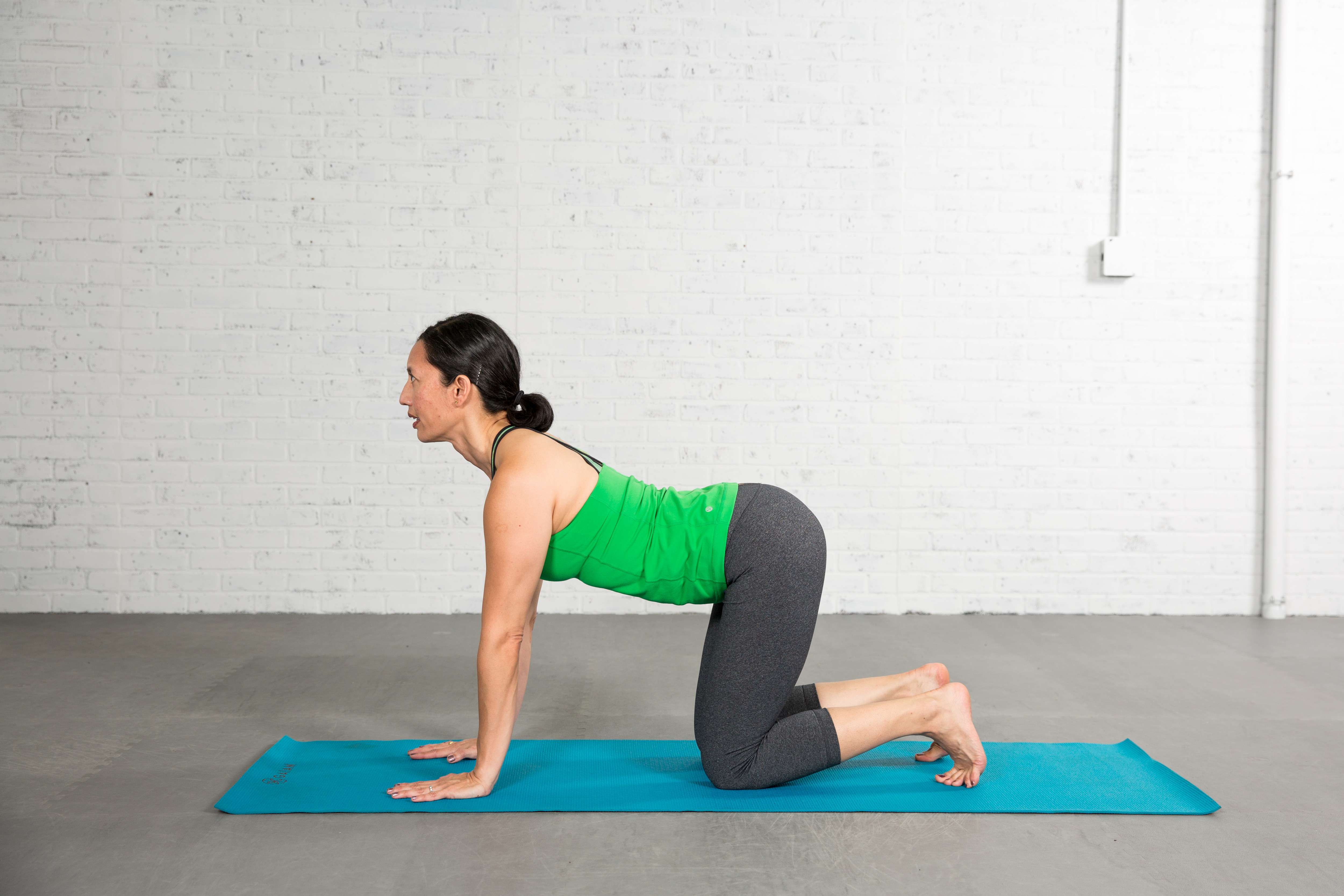

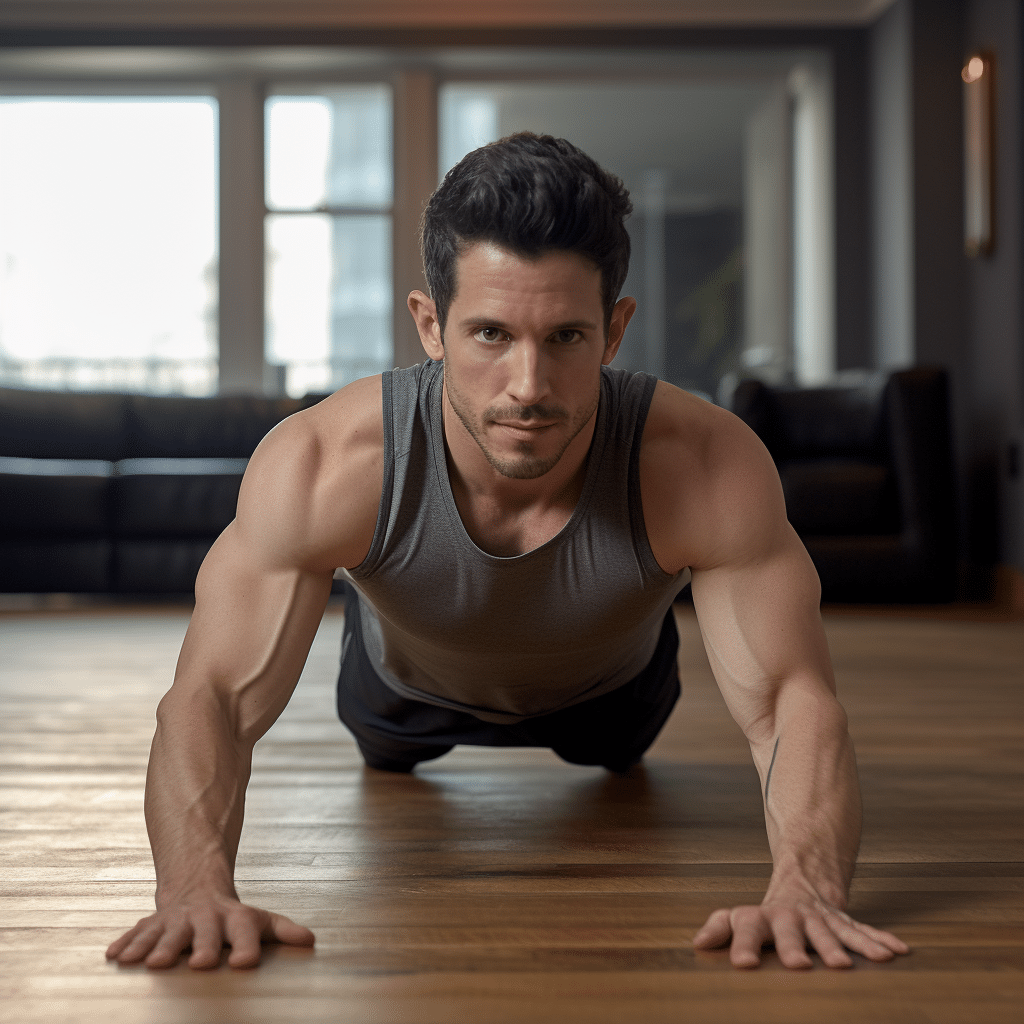

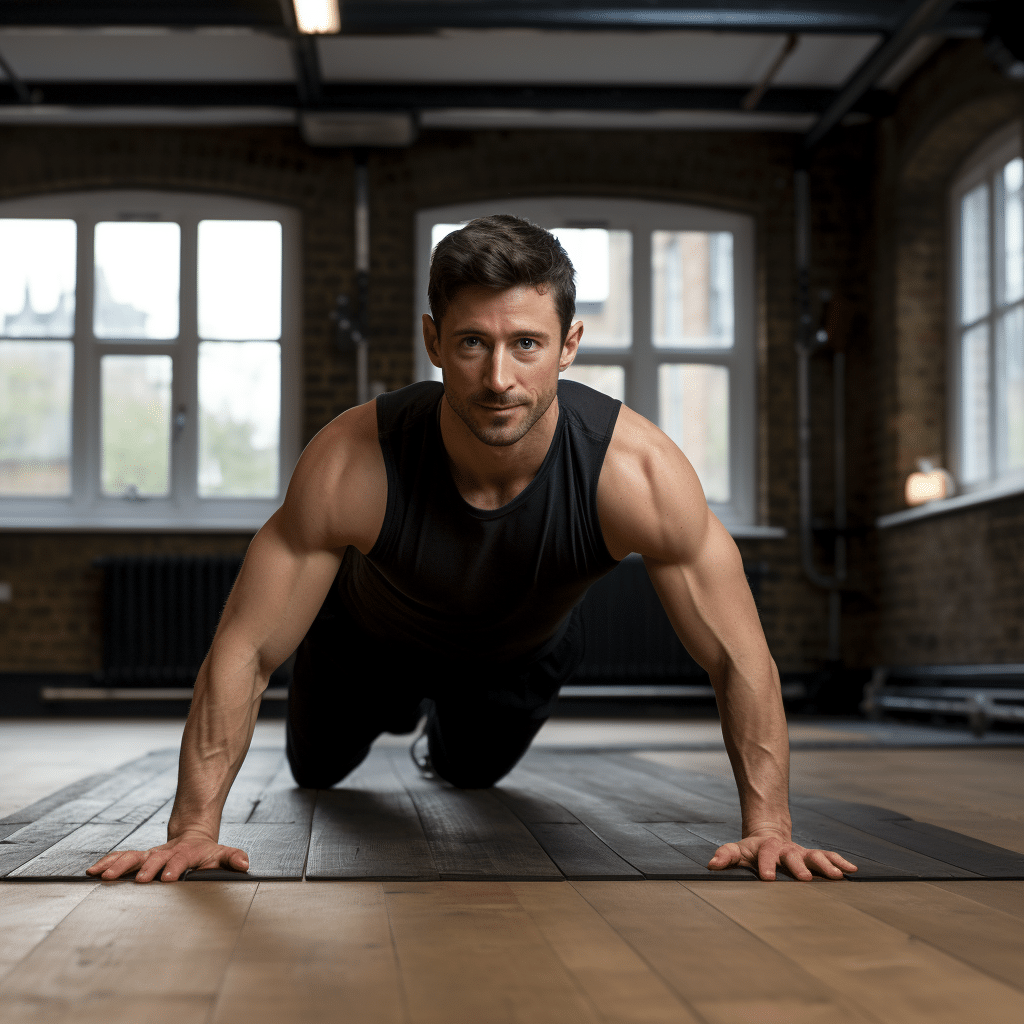

:max_bytes(150000):strip_icc()/Calisthenics-628092324-647bcb0874304c808d35665fe2ff4897.jpg)
